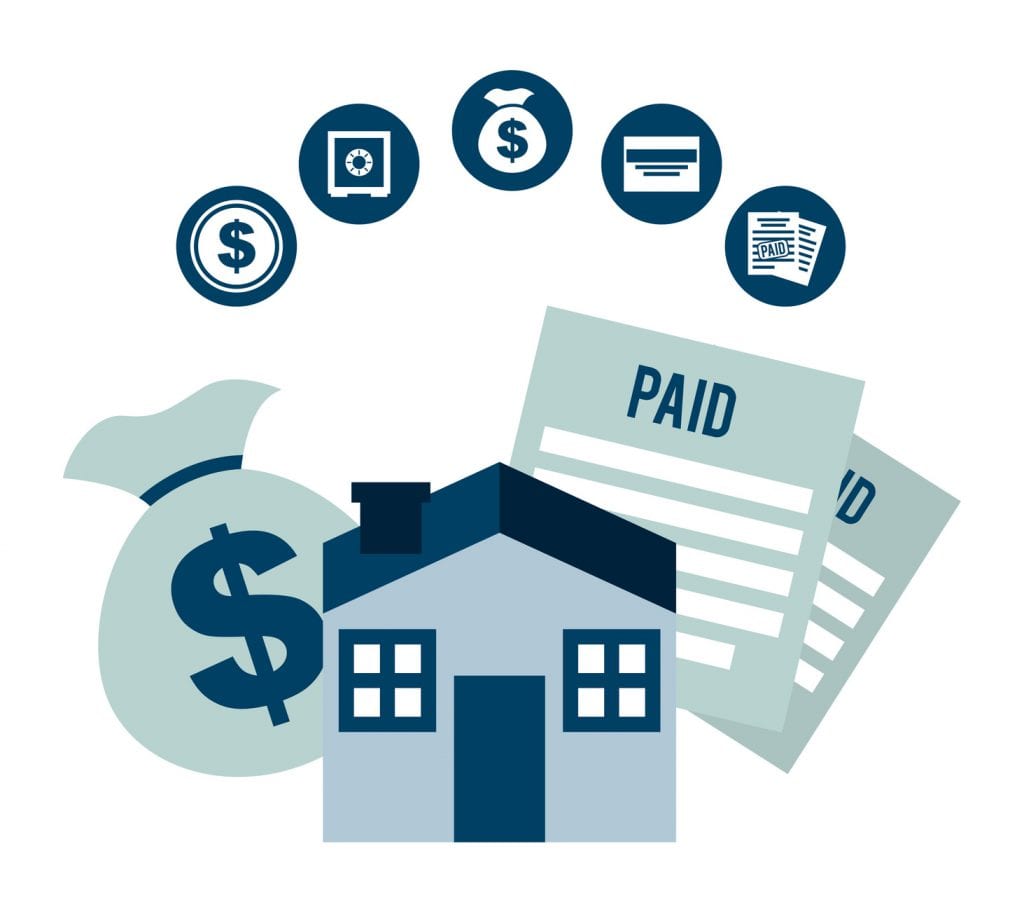The financial services industry isn’t exactly known for its agility or willingness to take big risks [feel free to insert your subprime mortgage jokes here]. This leads market observers to enthusiastically predict disruption from zippier external competitors and to bemoan bankers’ conservative natures.
Perhaps it’s time to stop our bemoaning.
Since proclaiming that “Silicon Valley is coming” back in an April letter to JPMorgan Chase’s shareholders, CEO Jamie Dimon has pushed his bank to develop bold strategic responses to the disruptive technology companies that he is so clearly concerned about. Two recently announced JPMorgan Chase initiatives paint an especially clear picture of just how far Mr. Dimon is willing to go.
Chase Pay
Announced at Money2020 in November, Chase Pay is an initiative from Chase that leverages their existing issuing, acquiring, and payments processing capabilities to create an entirely new mobile payments offering for their cardholders. While there is still much we don’t know about Chase Pay, we do know that it will be available to Chase credit, debit, and prepaid card customers sometime in 2016. We know that it will enable those customers to make payments using QR codes generated through a mobile app. And we know that those payment transactions will be processed over ChaseNet, a proprietary payment network running on top of the VisaNet rails.
It is this last point that is key to Chase’s strategy. By processing Chase Pay transactions within its proprietary closed-loop network, Chase can offer merchants a flat fee for Chase Pay transactions that is significantly lower than the fees charged by the open-loop networks. It is this pricing advantage that enabled Chase to successfully land a partnership with the Merchant Customer Exchange (MCX), a coalition of large merchants that have committed to accepting Chase Pay in their stores.
The business model of this merchant-focused approach to mobile payments is far from risk free. Chase will lose money on every transaction in which a cardholder uses Chase Pay instead of the physical card. Chase is betting that its gains in total payment volume as consumers adopt mobile payments (which has yet to happen en masse) along with growth in its acquiring business will more than make up the difference in lost transactional revenue.
OnDeck Partnership
The second initiative is a partnership with OnDeck Capital. Announced (perhaps a bit prematurely) by Mr. Dimon at an event in Washington, D.C. earlier this month. The partnership will enable Chase to cost-effectively serve small businesses looking to quickly acquire loans of less than $250,000.
The partnership is a bit unusual compared to previous arrangements between banks and alternative lenders. I’ll let the inestimable Penny Crossman of American Banker explain:
“While many banks have partnered with marketplace lenders like Lending Club and Prosper to buy loans, JPMorgan will use OnDeck’s software, data-gathering methods and to some extent its algorithms to assess some small-business loan applications. The loans will be made under the bank’s brand, the final decision about whether to extend credit will be the bank’s alone, and the loans themselves will stay on JPMorgan’s books.”
Chase’s decision to white label OnDeck’s platform is a pretty clear admission that, in certain areas, the bank is better off partnering with Silicon Valley than competing with it. Chase is hardly unique among banks in holding this view, but the partnership with OnDeck is surprisingly collaborative when you consider that Chase is attaching its brand to a lending platform and underwriting model that was developed completely outside its walls. This is a business decision that carries significant reputational risk given the colorful history (as one article recently described) of OnDeck and the occasionally excessive interest rates OnDeck has charged small business borrowers.
May You Live in Interesting Times
It’s obviously way too soon to say whether Chase Pay and the OnDeck partnership will be successful. We don’t know the details on exactly how either initiative will work. We don’t know how Chase cardholders and small business customers will react. We don’t know how Chase’s competitors (inside and outside of Silicon Valley) will respond.
What we do know is that Jamie Dimon is taking the threat of disruption seriously. An old proverb says: “May you live in interesting times.” Thanks to Mr. Dimon and JPMorgan Chase, it appears that 2016 will be very interesting times indeed.
